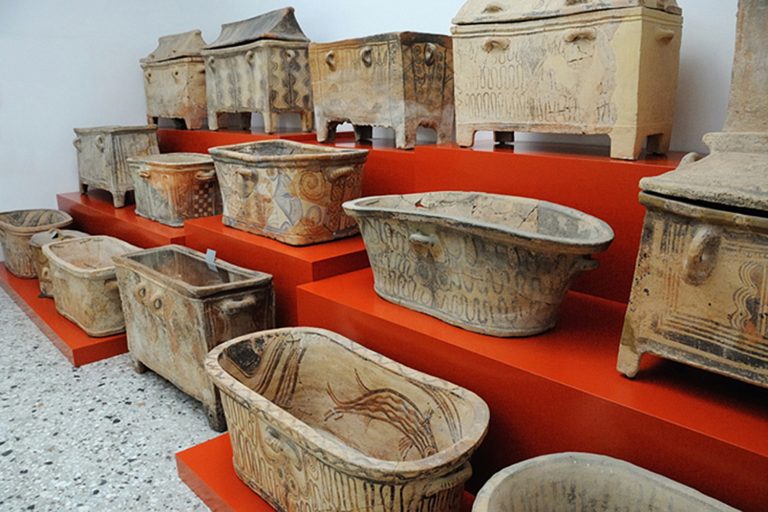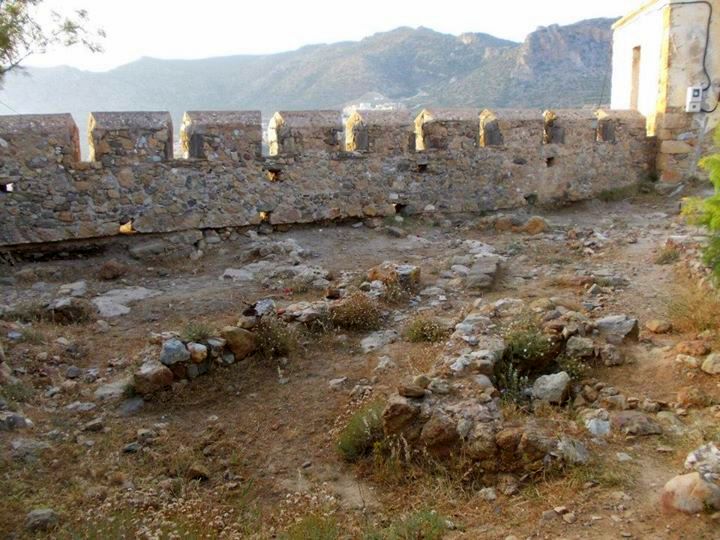Favourite
On the island of Crete, Agios Nikolaos is the capital of the prefecture of Lassithi. It’s a popular tourist destination with a variety of cafés and souvenir stores to add to the fun and shopping. There are other museums, as well as countless exhibitions and fairs. The Agios Nikolaos Lake, however, is the most attractive aspect of Agios Nikolaos. It’s Read more…
Favourite
The Archaeological Museum of Agios Nikolaos, the seat of the prefecture of Lassithi in Crete, was founded in 1970 to house the results from numerous excavations in Lassithi that had previously been housed in Heraklion’s Archaeological Museum. The museum is located in the heart of Agios Nikolaos, near the port and the sea lake, and its displays span 3,000 years Read more…
Favourite
The breathtaking sight of white windmills on Crete’s Lassithi plateau is one of a kind. In the summer, the wooden windmills are used to water the agricultural plain. The plateau’s plain stretches for around 25,000 kilometers. The windmills are placed near the plateau’s northern entrance and use groundwater to irrigate the crops. As a result, they contribute to the production Read more…
Favourite
Vai is a huge sandy beach on Crete’s eastern coast, surrounded by a dense palm tree grove. It has more than 5,000 palm trees and is Europe’s unique palm tree forest. Vai creates a magnificent landscape when combined with the golden beach. There are several stories about how this palm forest came to be. This forest is supposed to originate Read more…
Favourite
The Lassithi Plateau is one of the most remarkable features of Crete’s geography, with a rich history dating back to the Neolithic period. It is located within the prefecture of Lassithi in Crete and has an area of 25 square kilometers. The melting snowcaps of the Dikti Mountain, which create a natural fortress surrounding the plateau, flood the exceptionally fertile Read more…
Favourite
The Venetians built the Castle of Selinos near Paleochora Chania. Marino Gradonigo, Duke of Crete, erected it in 1282 and christened it “Selino.” The name comes from the celery plant, which grows abundantly in the area. The fortress was destroyed by Cretan insurgents in 1332, but the Venetians reconstructed it in 1334. The new conquerors besieged the Castle of Selinos Read more…





